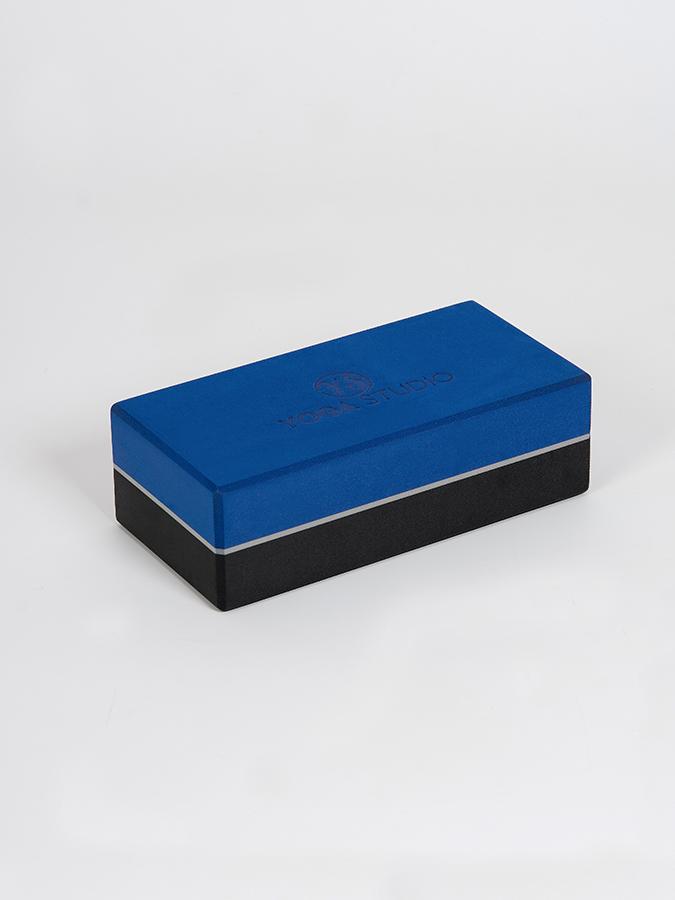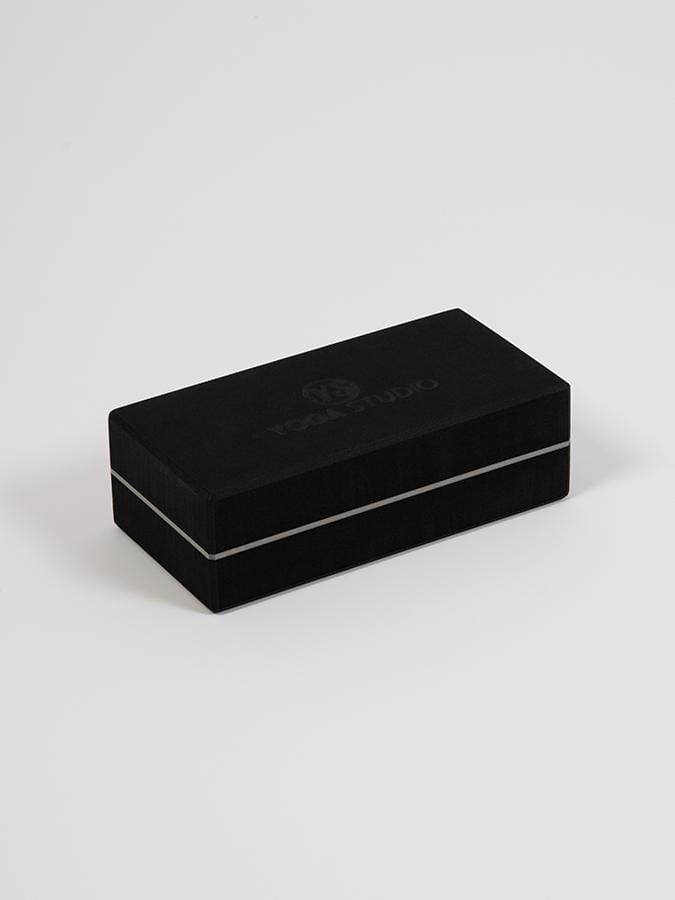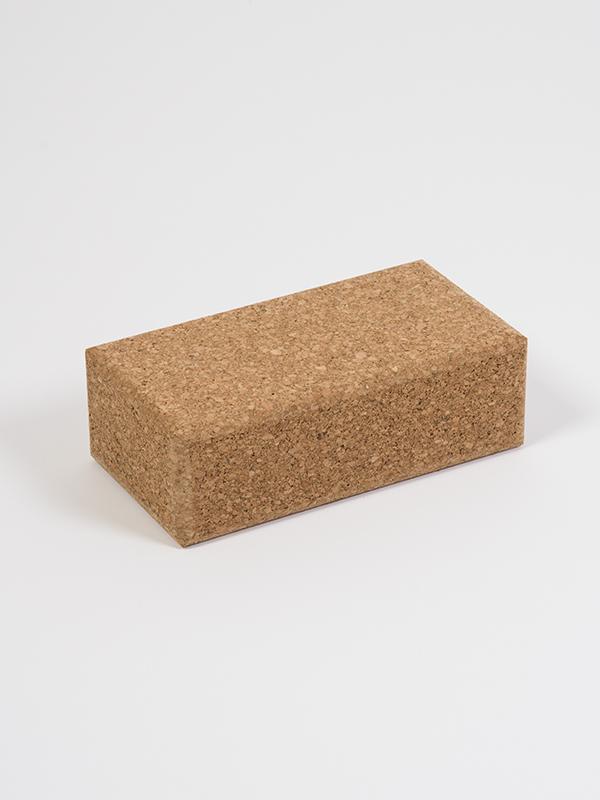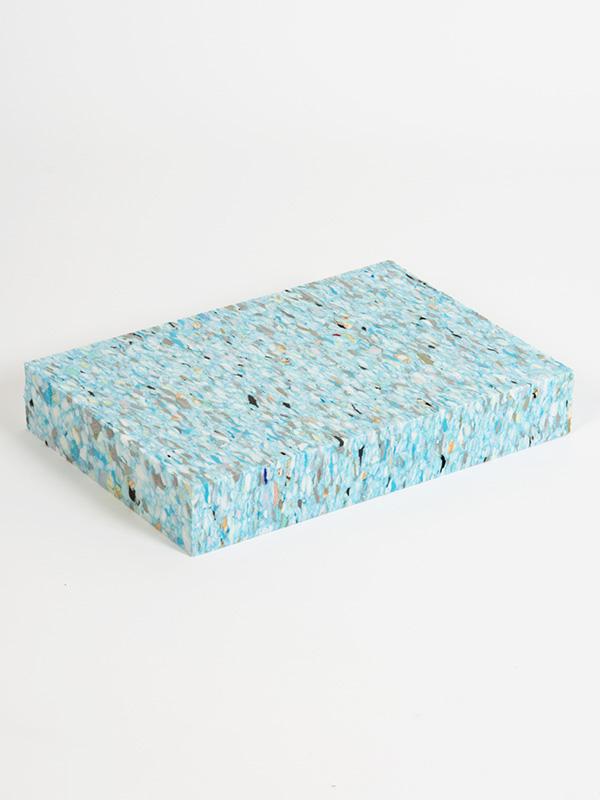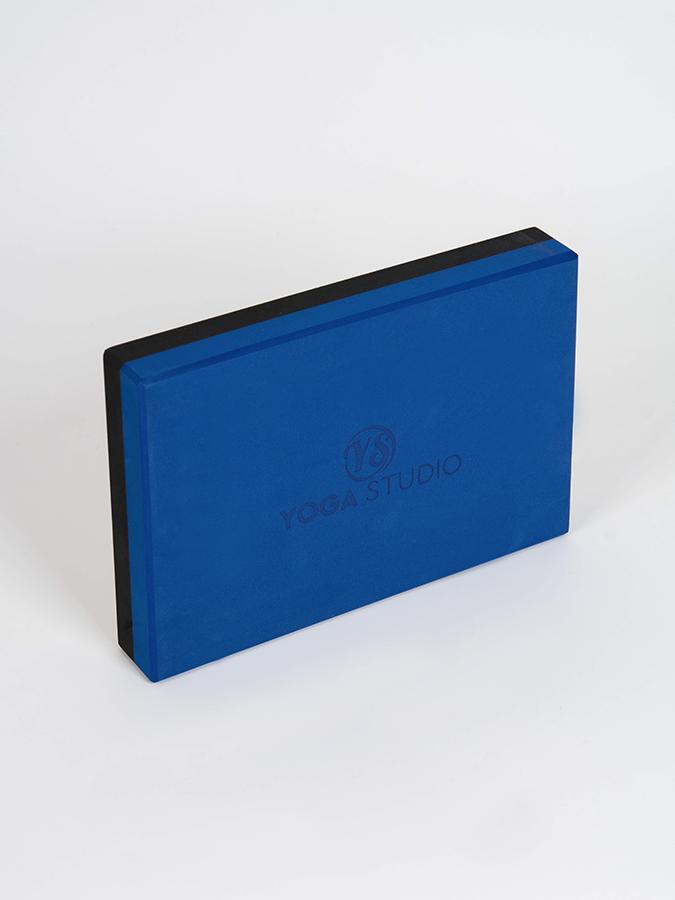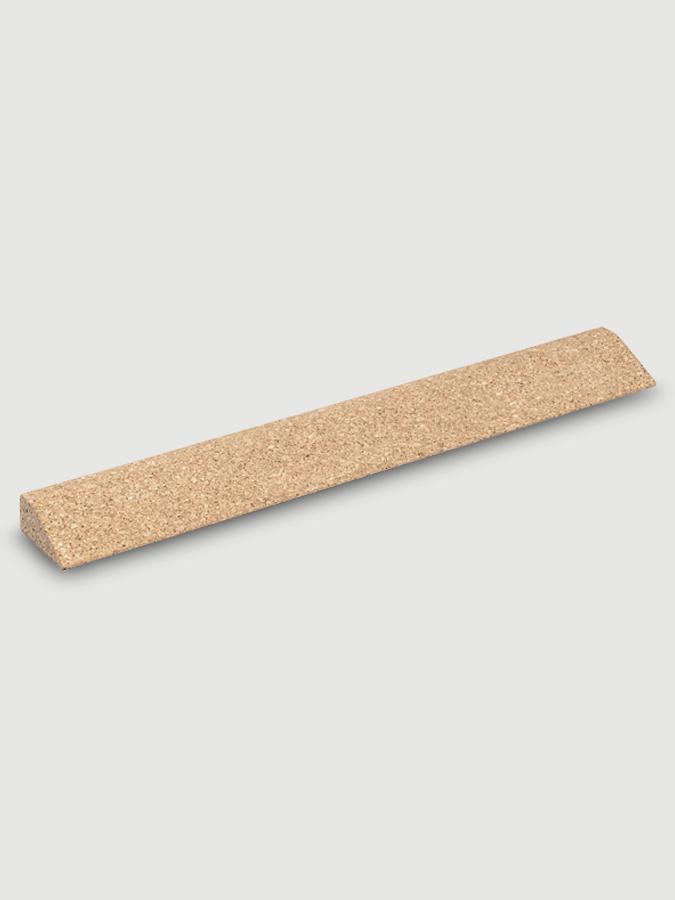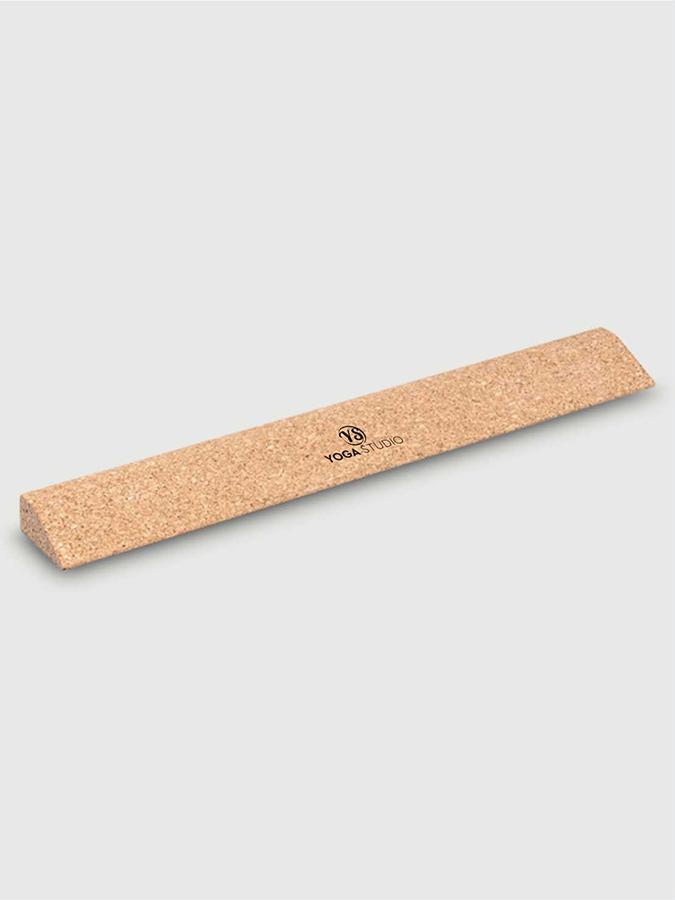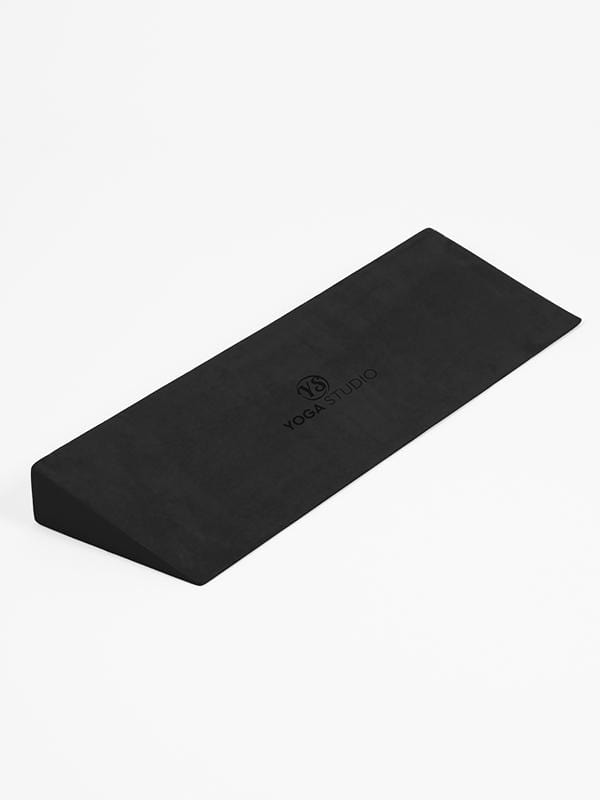If your a regular yogi, you’ve definitely heard of yoga bricks, blocks and wedges – or maybe you’re new to the came and jut recently come across the tools whilst browsing the Yoga Studio Store. In the 1970s B. K. S. Iyengar became well known for the introduction of using props in Yoga to assist practitioners in achieving correct body alignment. This approach is especially good for either beginners seeking a good foundation for more advanced Yoga or the elderly who need assistance.
As with any craft, it is best to master the basic movements and techniques first and before progressing to greater challenges. Leading yoga teacher training provider Health and Fitness Education (HFE), incorporate lots of small equipment into their training programmes, educating their teachers on how to use bricks, blocks, bolsters, and wedges into a yoga practice to allow every yogi to realise their potential. When used correctly, this equipment can help students to build inner strength, overcome limitations and restrictions, and allow a greater variation of poses to be performed.
Yoga Bricks (Blocks roughly the size of a house brick)
Bricks are the most flexible prop in the Yogis toolkit and are therefore the primary item of choice. they can be used:
- As an extension of the arms to provide a greater variety of poses with different difficulty levels.
- As an aid for beginners or less mobile to perform less strenuous movements.
- To provide support for the back, head, and hips in a variety of additional poses.
- Assisting in body alignment.
Older yoga blocks were made from solid wood but their usage has declined in favour of softer materials such as cork or foam. These are more ergonomic, lighter and provide the stability that is required. A wide variety of bricks or slightly larger blocks are available from a number of manufacturers from our store:
Larger Yoga Blocks (Used in a different way)
A larger block is usually made of soft but firm material to provide cushioning and elevation for seated poses, the yoga block relieves strain on the hips and knees. The main difference between a block and a brick is the dimensions, a block is thinner and has a greater surface area allowing them to be used in seated poses. Recycled chip foam is also available for the environmentally conscious.
Wedges
Yoga is typically practiced on hard gym floors which may be hard on the knees, hands and feet. They provide cushioning or an angle of elevation to alleviate the stress on the joints. Wedges can be used in a variety of ways, on different parts of the body to achieve the desired effect. Examples of their usage include:
- Support – placing the wedge under a beginner’s heels will allow for more stress-free squats.
- Cushioning – placing the wedge under the knees can minimise discomfort when performing certain poses.
- Alleviate pain – placing the wedge under the wrists will change the joints angle when doing the plank pose.
Shop our full range of bricks, blocks and wedges here!

